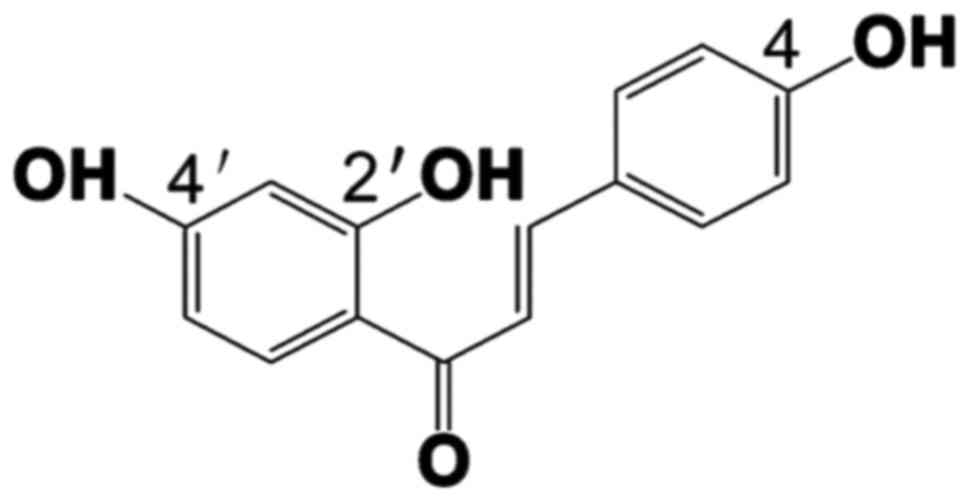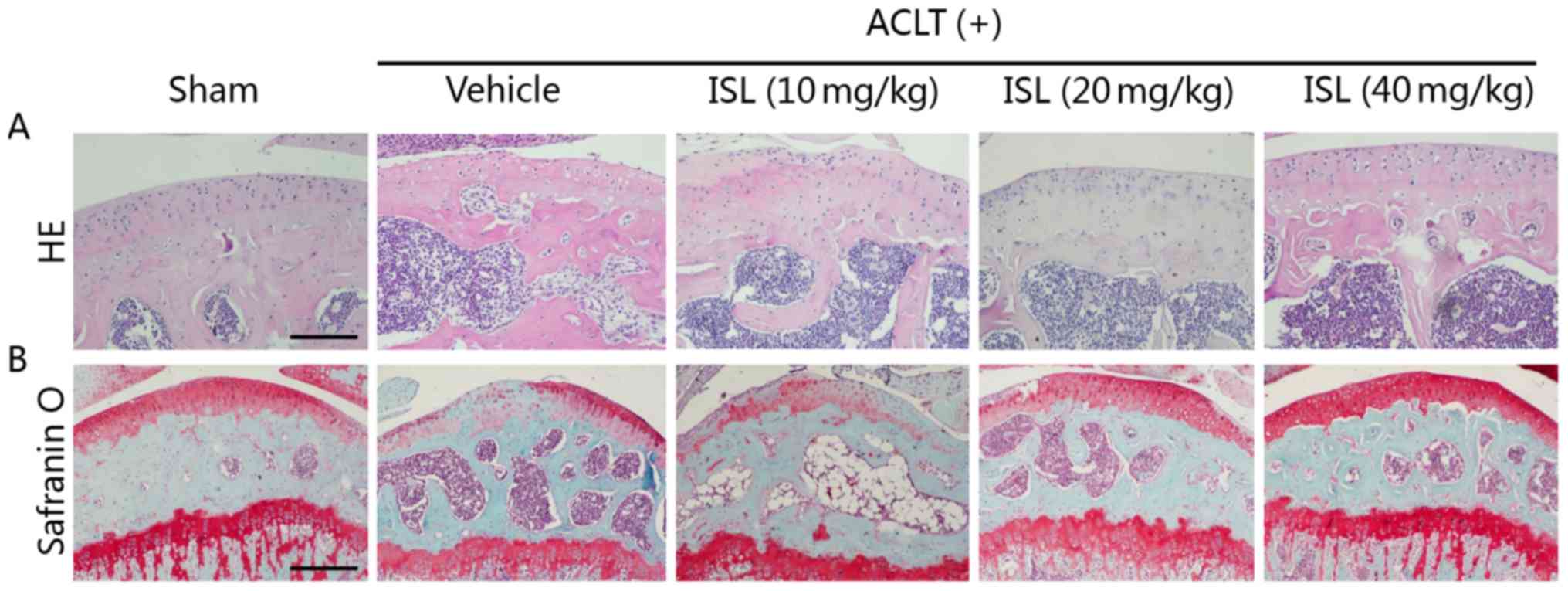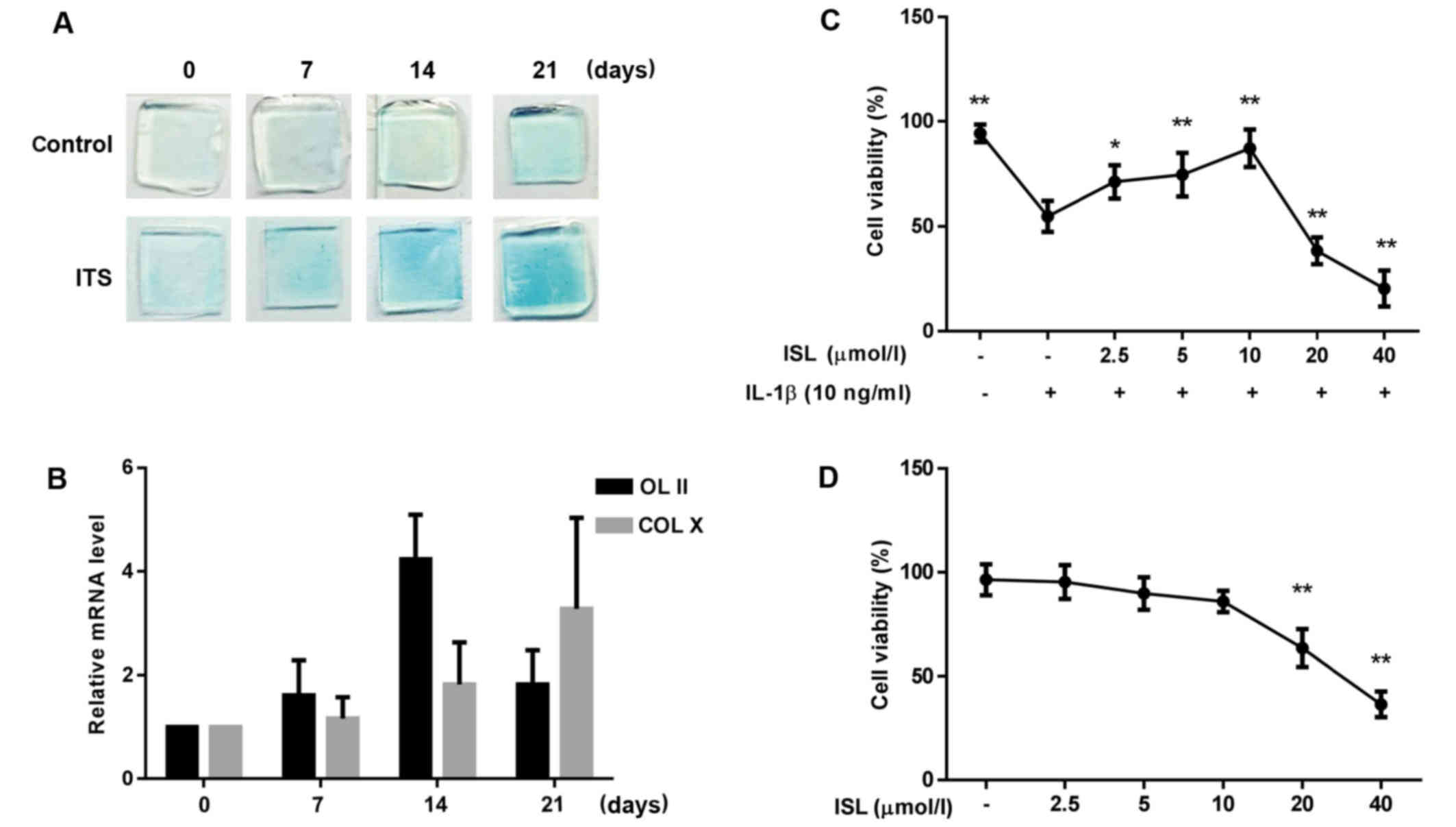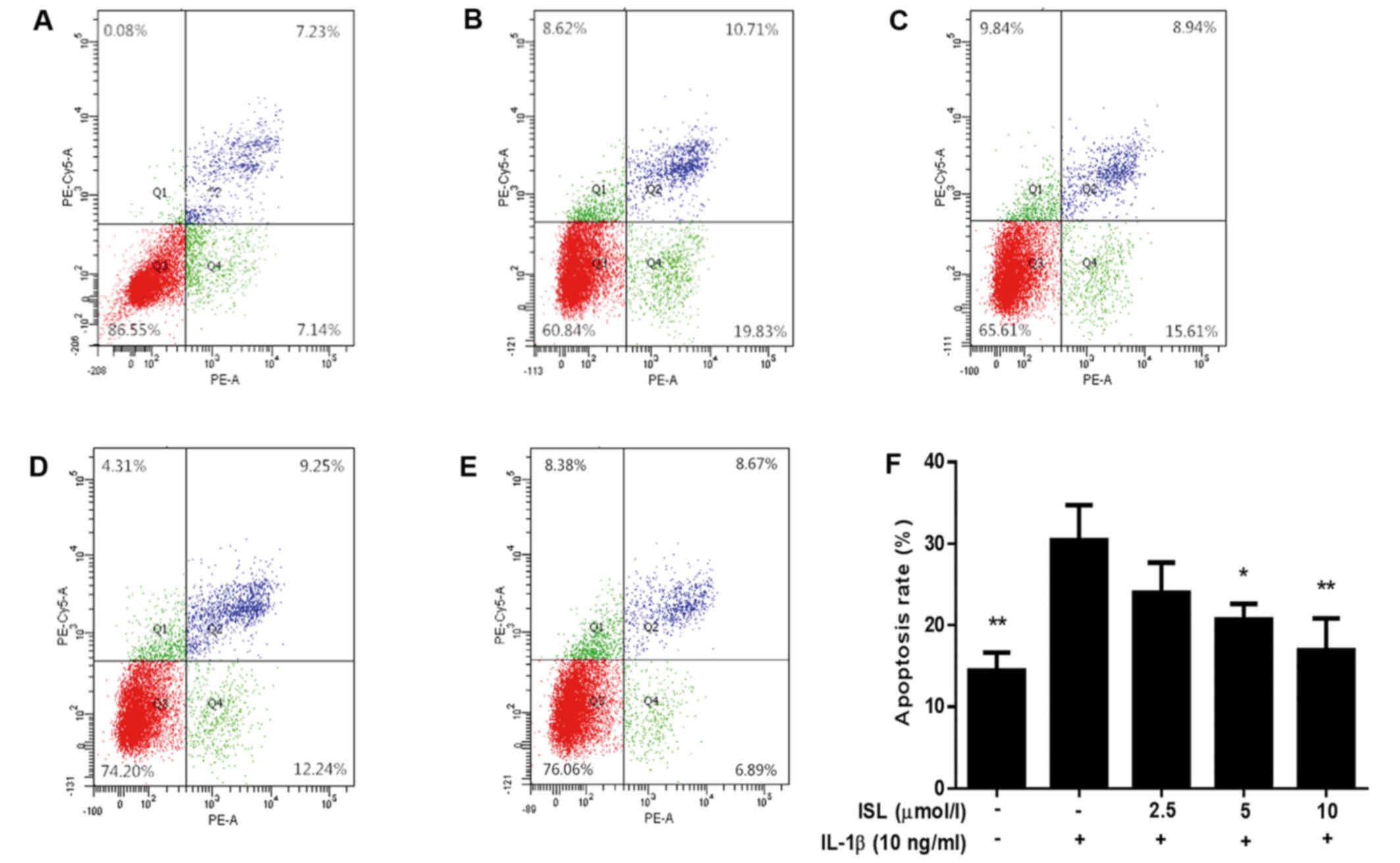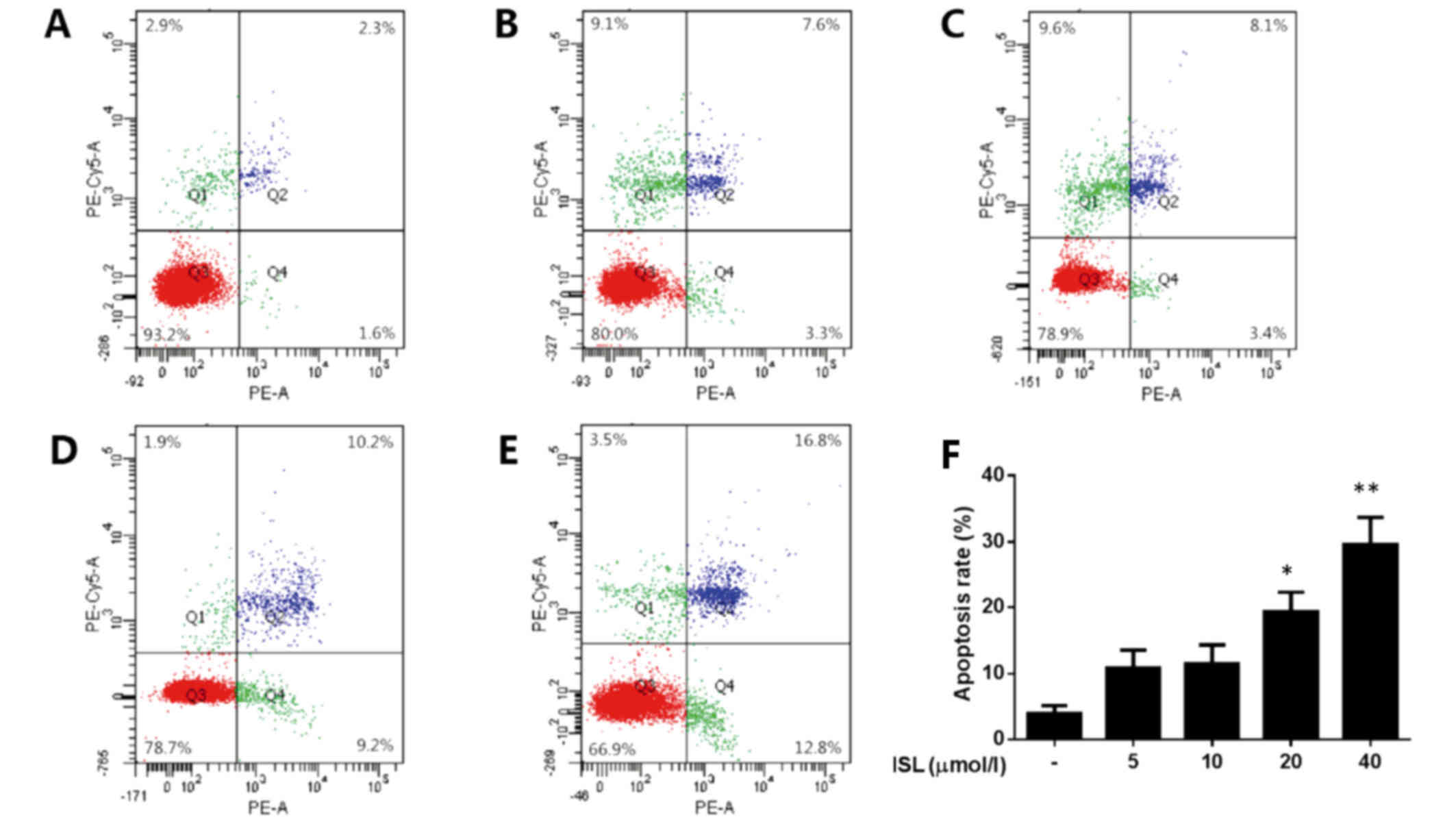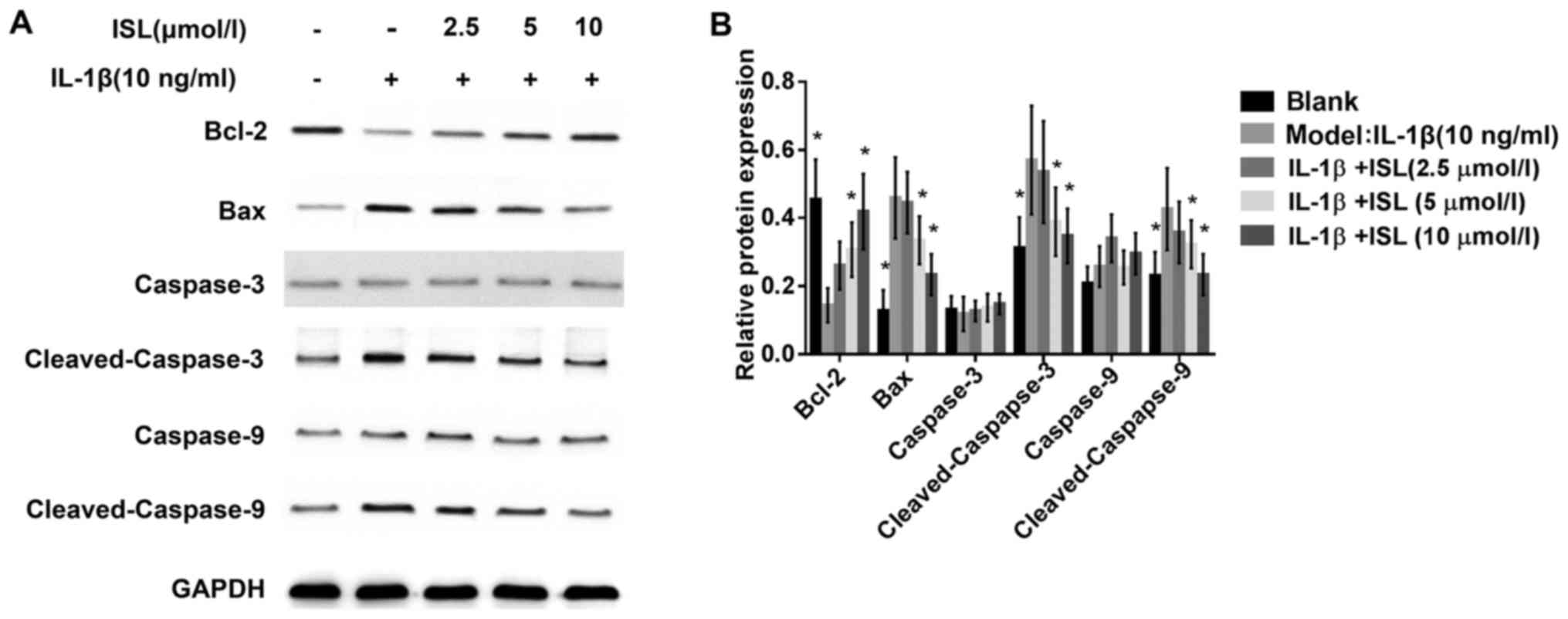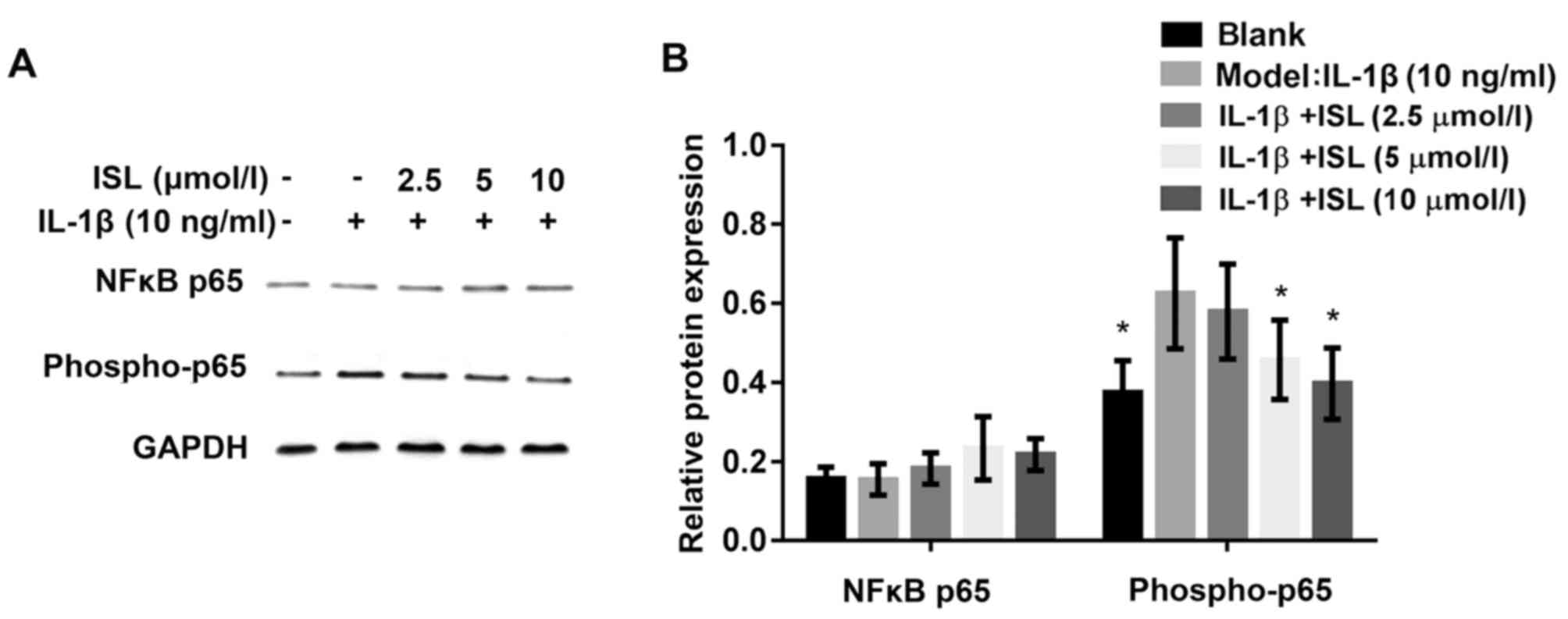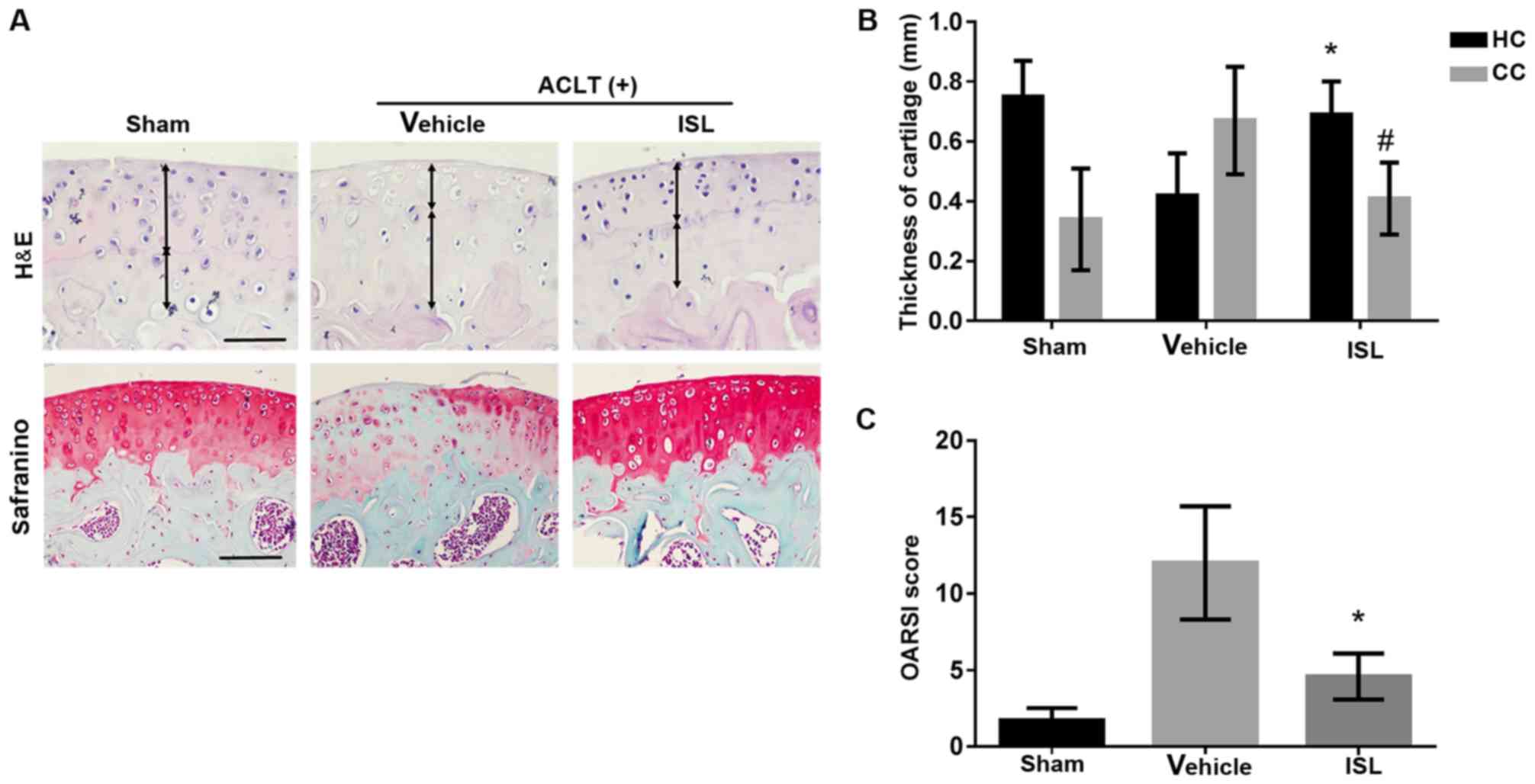|
1
|
Lawrence RC, Felson DT, Helmick CG, Arnold
LM, Choi H, Deyo RA, Gabriel S, Hirsch R, Hochberg MC, Hunder GG,
et al: National Arthritis Data Workgroup: Estimates of the
prevalence of arthritis and other rheumatic conditions in the
United States. Part II. Arthritis Rheum. 58:26–35. 2008. View Article : Google Scholar : PubMed/NCBI
|
|
2
|
Clouet J, Vinatier C, Merceron C,
Pot-vaucel M, Maugars Y, Weiss P, Grimandi G and Guicheux J: From
osteoarthritis treatments to future regenerative therapies for
cartilage. Drug Discov Today. 14:913–925. 2009. View Article : Google Scholar : PubMed/NCBI
|
|
3
|
Haq I, Murphy E and Dacre J:
Osteoarthritis. Postgrad Med J. 79:377–383. 2003. View Article : Google Scholar : PubMed/NCBI
|
|
4
|
Puig-Junoy J and Ruiz Zamora A:
Socio-economic costs of osteoarthritis: A systematic review of
cost-of-illness studies. Semin Arthritis Rheum. 44:531–541. 2015.
View Article : Google Scholar
|
|
5
|
Wang M, Shen J, Jin H, Im HJ, Sandy J and
Chen D: Recent progress in understanding molecular mechanisms of
cartilage degeneration during osteoarthritis. Ann NY Acad Sci.
1240:61–69. 2011. View Article : Google Scholar : PubMed/NCBI
|
|
6
|
Schuerwegh AJ, Dombrecht EJ, Stevens WJ,
Van Offel JF, Bridts CH and De Clerck LS: Influence of
pro-inflammatory (IL-1 alpha, IL-6, TNF-alpha, IFN-gamma) and
anti-inflammatory (IL-4) cytokines on chondrocyte function.
Osteoarthritis Cartilage. 11:681–687. 2003. View Article : Google Scholar : PubMed/NCBI
|
|
7
|
López-Armada MJ, Caramés B, Lires-Deán M,
Cillero-Pastor B, Ruiz-Romero C, Galdo F and Blanco FJ: Cytokines,
tumor necrosis factor-alpha and interleukin-1beta, differentially
regulate apoptosis in osteoarthritis cultured human chondrocytes.
Osteoarthritis Cartilage. 14:660–669. 2006. View Article : Google Scholar : PubMed/NCBI
|
|
8
|
Malemud CJ, Islam N and Haqqi TM:
Pathophysiological mechanisms in osteoarthritis lead to novel
therapeutic strategies. Cells Tissues Organs. 174:34–48. 2003.
View Article : Google Scholar : PubMed/NCBI
|
|
9
|
Hashimoto M, Nakasa T, Hikata T and
Asahara H: Molecular network of cartilage homeostasis and
osteoarthritis. Med Res Rev. 28:464–481. 2008. View Article : Google Scholar
|
|
10
|
Roman-Blas JA and Jimenez SA: NF-kappaB as
a potential therapeutic target in osteoarthritis and rheumatoid
arthritis. Osteoarthritis Cartilage. 14:839–848. 2006. View Article : Google Scholar : PubMed/NCBI
|
|
11
|
Rigoglou S and Papavassiliou Ag: The NF-κB
signalling pathway in osteoarthritis. Int J Biochem Cell Biol.
45:2580–2584. 2013. View Article : Google Scholar : PubMed/NCBI
|
|
12
|
Wang F, Wu L, Li L and Chen S: Monotropein
exerts protective effects against IL-1β-induced apoptosis and
catabolic responses on osteoarthritis chondrocytes. Int
Immunopharmacol. 23:575–580. 2014. View Article : Google Scholar : PubMed/NCBI
|
|
13
|
Xing L, Jiang M, Dong L, Gao J, Hou Y, Bai
G and Luo G: Cardioprotective effects of the YiQiFuMai injection
and isolated compounds on attenuating chronic heart failure via
NF-κB inactivation and cytokine suppression. J Ethnopharmacol.
148:239–245. 2013. View Article : Google Scholar : PubMed/NCBI
|
|
14
|
Kim JY, Park SJ, Yun KJ, Cho YW, Park HJ
and Lee KT: Isoliquiritigenin isolated from the roots of
Glycyrrhiza uralensis inhibits LPS-induced iNOS and COX-2
expression via the attenuation of NF-kappaB in RAW 264.7
macrophages. Eur J Pharmacol. 584:175–184. 2008. View Article : Google Scholar : PubMed/NCBI
|
|
15
|
Sekine-Osajima Y, Sakamoto N, Nakagawa M,
Itsui Y, Tasaka M, Nishimura-Sakurai Y, Chen CH, Suda G, Mishima K,
Onuki Y, et al: Two flavonoids extracts from Glycyrrhizae radix
inhibit in vitro hepatitis C virus replication. Hepatol Res.
39:60–69. 2009. View Article : Google Scholar
|
|
16
|
Zhu L, Wei H, Wu Y, Yang S, Xiao L, Zhang
J and Peng B: Licorice isoliquiritigenin suppresses RANKL-induced
osteoclastogenesis in vitro and prevents inflammatory bone loss in
vivo. Int J Biochem Cell Biol. 44:1139–1152. 2012. View Article : Google Scholar : PubMed/NCBI
|
|
17
|
Kadri A, Funck-Brentano T, Lin H, Ea HK,
Hannouche D, Marty C, Lioté F, Geoffroy V and Cohen-Solal ME:
Inhibition of bone resorption blunts osteoarthritis in mice with
high bone remodelling. Ann Rheum Dis. 69:1533–1538. 2010.
View Article : Google Scholar : PubMed/NCBI
|
|
18
|
Marcu KB, Otero M, Olivotto E, Borzi RM
and Goldring MB: NF-kappaB signaling: Multiple angles to target OA.
Curr Drug Targets. 11:599–613. 2010. View Article : Google Scholar : PubMed/NCBI
|
|
19
|
Wu Y, Chen X, Ge X, Xia H, Wang Y, Su S,
Li W, Yang T, Wei M, Zhang H, et al: Isoliquiritigenin prevents the
progression of psoriasis-like symptoms by inhibiting NF-κB and
proinflammatory cytokines. J Mol Med (Berl). 94:195–206. 2016.
View Article : Google Scholar
|
|
20
|
Livak KJ and Schmittgen TD: Analysis of
relative gene expression data using real-time quantitative PCR and
the 2(-Delta Delta C(T)) Method. Methods. 25:402–408. 2001.
View Article : Google Scholar
|
|
21
|
Koehn FE and Carter GT: The evolving role
of natural products in drug discovery. Nat Rev Drug Discov.
4:206–220. 2005. View
Article : Google Scholar : PubMed/NCBI
|
|
22
|
Cui Z, Crane J, Xie H, Jin X, Zhen G, Li
C, Xie L, Wang L, Bian Q, Qiu T, et al: Halofuginone attenuates
osteoarthritis by inhibition of TGF-β activity and H-type vessel
formation in subchondral bone. Ann Rheum Dis. 75:1714–1721. 2016.
View Article : Google Scholar
|
|
23
|
Kim KR, Jeong CK, Park KK, Choi JH, Park
JH, Lim SS and Chung WY: Anti-inflammatory effects of licorice and
roasted licorice extracts on TPA-induced acute inflammation and
collagen-induced arthritis in mice. J Biomed Biotechnol.
2010:7093782010. View Article : Google Scholar : PubMed/NCBI
|
|
24
|
Blain EJ, Ali AY and Duance VC: Boswellia
frereana (frank-incense) suppresses cytokine-induced matrix
metalloproteinase expression and production of pro-inflammatory
molecules in articular cartilage. Phytother Res. 24:905–912.
2010.
|
|
25
|
Yasuda T: Activation of Akt leading to
NF-κB up-regulation in chondrocytes stimulated with fibronectin
fragment. Biomed Res. 32:209–215. 2011. View Article : Google Scholar : PubMed/NCBI
|
|
26
|
Ge XP, Gan YH, Zhang CG, Zhou CY, Ma KT,
Meng JH and Ma XC: Requirement of the NF-κB pathway for induction
of Wnt-5A by interleukin-1β in condylar chondrocytes of the
temporomandibular joint: Functional crosstalk between the Wnt-5A
and NF-κB signaling pathways. Osteoarthritis Cartilage. 19:111–117.
2011. View Article : Google Scholar
|
|
27
|
Maier R, Bilbe G, Rediske J and Lotz M:
Inducible nitric oxide synthase from human articular chondrocytes:
cDNA cloning and analysis of mRNA expression. Biochim Biophys Acta.
1208:145–150. 1994. View Article : Google Scholar : PubMed/NCBI
|
|
28
|
Farrell AJ, Blake DR, Palmer RM and
Moncada S: Increased concentrations of nitrite in synovial fluid
and serum samples suggest increased nitric oxide synthesis in
rheumatic diseases. Ann Rheum Dis. 51:1219–1222. 1992. View Article : Google Scholar : PubMed/NCBI
|
|
29
|
Loeser RF, Carlson CS, Del Carlo M and
Cole A: Detection of nitrotyrosine in aging and osteoarthritic
cartilage: Correlation of oxidative damage with the presence of
interleukin-1beta and with chondrocyte resistance to insulin-like
growth factor 1. Arthritis Rheum. 46:2349–2357. 2002. View Article : Google Scholar : PubMed/NCBI
|
|
30
|
Héraud F, Héraud A and Harmand MF:
Apoptosis in normal and osteoarthritic human articular cartilage.
Ann Rheum Dis. 59:959–965. 2000. View Article : Google Scholar : PubMed/NCBI
|
|
31
|
Liu HX, Wang Y, Lu Q, Yang MZ, Fan GW,
Karas RH, Gao XM and Zhu Y: Bidirectional regulation of
angiogenesis by phytoestrogens through estrogen receptor-mediated
signaling networks. Chin J Nat Med. 14:241–254. 2016.PubMed/NCBI
|
|
32
|
Oeckinghaus A and Ghosh S: The NF-kappaB
family of transcription factors and its regulation. Cold Spring
Harb Perspect Biol. 1:a0000342009. View Article : Google Scholar
|
|
33
|
Goldring MB and Marcu KB: Cartilage
homeostasis in health and rheumatic diseases. Arthritis Res Ther.
11:2242009. View
Article : Google Scholar : PubMed/NCBI
|
|
34
|
Chu SH, Lim JW, Kim DG, Lee ES, Kim KH and
Kim H: Downregulation of Bcl-2 is mediated by NF-κB activation in
Helicobacter pylori-induced apoptosis of gastric epithelial cells.
Scand J Gastroenterol. 46:148–155. 2011. View Article : Google Scholar
|
|
35
|
Wang F, Ying Z, Duan X, Tan H, Yang B, Guo
L, Chen G, Dai G, Ma Z and Yang L: Histomorphometric analysis of
adult articular calcified cartilage zone. J Struct Biol.
168:359–365. 2009. View Article : Google Scholar : PubMed/NCBI
|
|
36
|
Goldring MB, Otero M, Plumb DA, Dragomir
C, Favero M, El Hachem K, Hashimoto K, Roach HI, Olivotto E, Borzì
RM, et al: Roles of inflammatory and anabolic cytokines in
cartilage metabolism: Signals and multiple effectors converge upon
MMP-13 regulation in osteoarthritis. Eur Cell Mater. 21:202–220.
2011. View Article : Google Scholar : PubMed/NCBI
|
|
37
|
Deng B, Wang F, Yin L, Chen C, Guo L, Chen
H, Gong X, Li Y and Yang L: Quantitative study on morphology of
calcified cartilage zone in OARSI 0–4 cartilage from osteoarthritic
knees. Curr Res Transl Med. 64:149–154. 2016. View Article : Google Scholar : PubMed/NCBI
|



